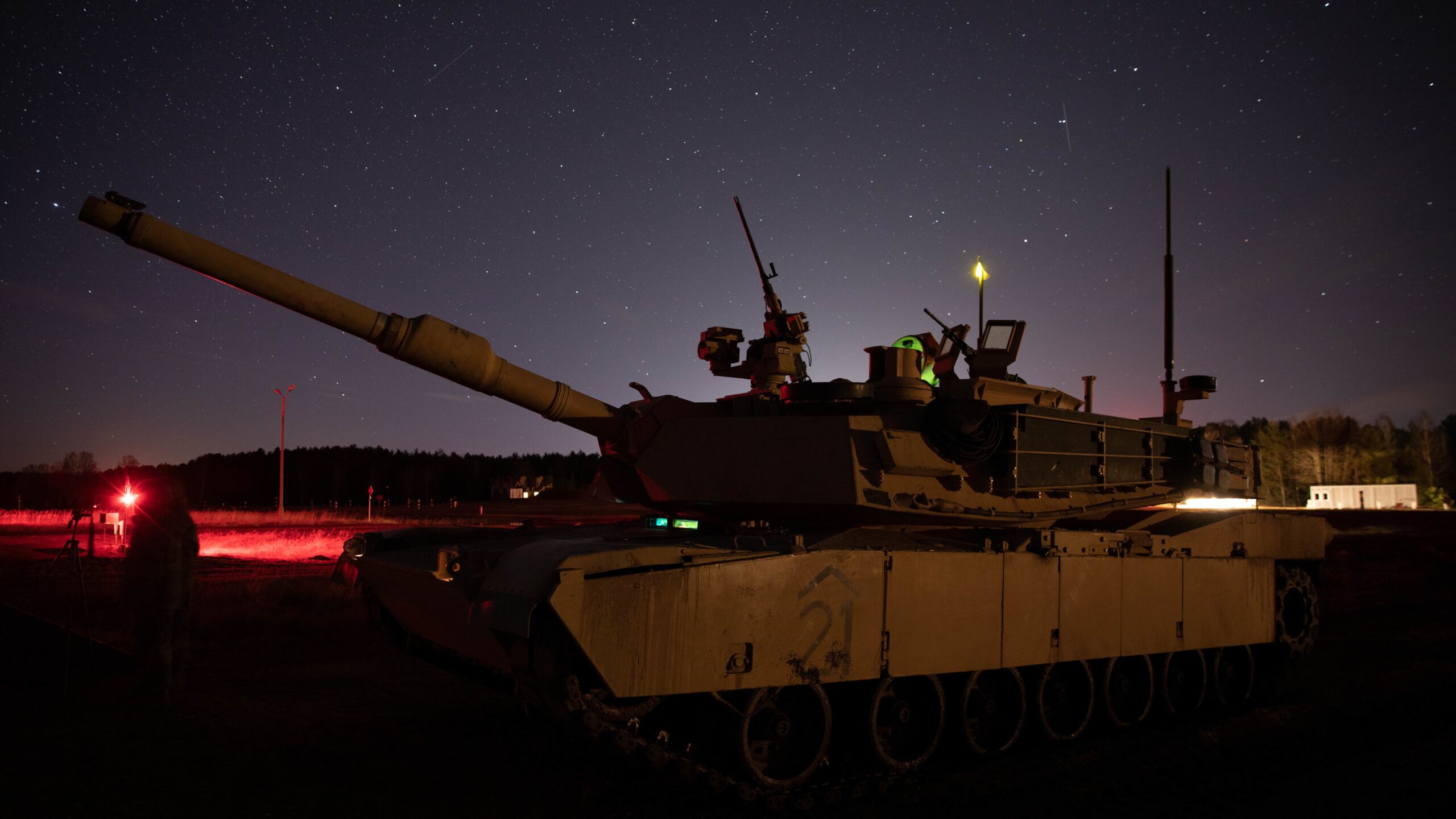
The defense budget looks like it will get a notable increase. (US Army/Sgt. Eliezer Meléndez)
WASHINGTON: The Pentagon expects to receive a fiscal year 2023 budget topline figure between $770 and $780 billion, as the Biden administration prepares to roll out the largest defense budget in US history, according to a source with knowledge of the budget.
Reuters on Wednesday reported the Defense Department’s budget would be “exceeding $770.” The source told Breaking Defense that the final topline will likely sit somewhere between $770 and $780 billion, with overall national security spending expected to sit in the $800 to $810 billion range. However, final dollar figures can shift until they are locked in, especially given the fluid situation with Russia and Ukraine.
The latter number, known as 050 money, includes the Pentagon, the Department of Energy’s nuclear weapons programs and smaller pots of cash from Homeland Security, the FBI and others. Money purely earmarked for DoD is known as 051 dollars.
The Pentagon “got what they wanted” from the White House’s Office of Management and Budget with the topline 051 figure, the source said, noting that the dollar amount should be enough to cover shortfalls that may have cropped up in the last year and account for the fact Congress has increased the FY22 defense spending amount during its negotiations.
Given the increased rate of inflation, the situation in Ukraine and the fact Congress has acted decisively to increase defense spending in the last year, it’s no surprise that the DoD budget has increased over the FY22 request of $715 billion. But the big jump — roughly a 10% increase over the last request — will likely come as a shock to those who expected the Biden administration to keep defense spending flat, if not decrease it, once it came into office.
Where that budget increase will go is unclear, but in a new analysis for Breaking Defense, a budget expert at the American Enterprise Institute, Mackenzie Eaglen, broke down five key areas she expects to see from the department when it eventually rolls out its budget documents, including focusing dollars on near-term R&D programs and shifting money from readiness to cover budgetary holes.
Meanwhile, retired Army budget official John Ferrari, also of AEI, has argued that a greater increase is needed.
Major trends and takeaways from the Defense Department’s Unfunded Priority Lists
Mark Cancian and Chris Park of CSIS break down what is in this year’s unfunded priority lists and what they say about the state of the US military.


























